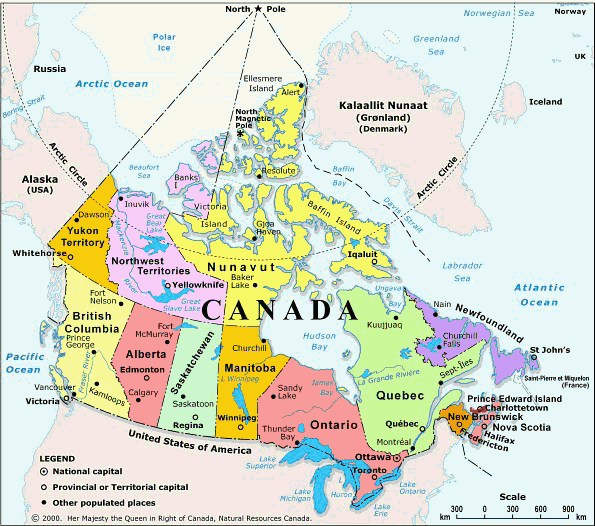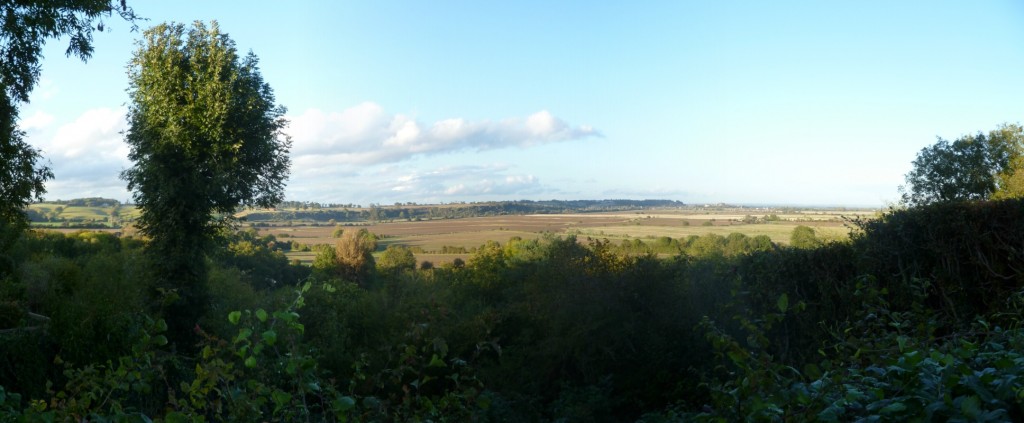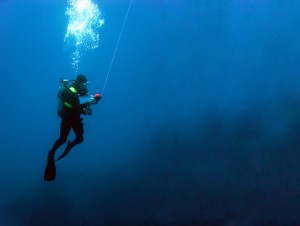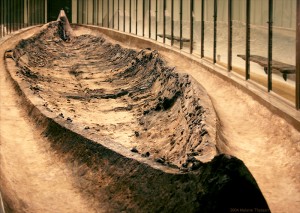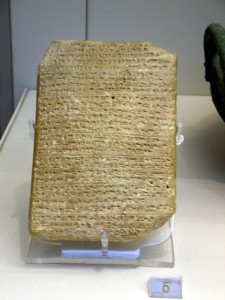Answering your questions on Week 2
https://youtu.be/FeUk3CsRWDI
Like last week, we've got a selection of team members (Fraser, Thomas and Rodrigo) together in an informal setting to try to answer some of the questions that learners have asked this week. A few of them are ones that were posted in Week 1 after our last video, but most of them are from Week 2.
Questions carried over from Week 1
1.
Continue reading →

